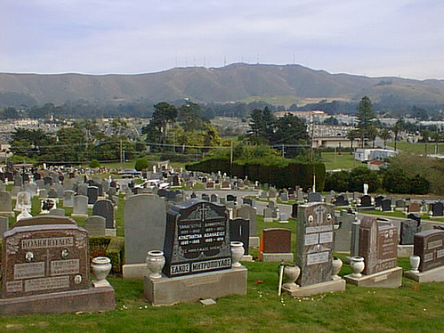During the 1700s and 1800s, France had a problem with its dead bodies. The bones were piling up and cemetery space wasn’t freely available. They’d buried their dead on disputed land that they’d been forced to leave. The French responded to this problem by relocating the bodies of some six million dead to the catacombs below ground for final resting.
San Francisco wasn’t dealing with any conquests when it decided to close down the biggest four cemeteries in its city in the year 1922.
During the 1880s, private property owners began to complain about what they saw as a problem preventing tourism from skyrocketing in their area. Private properties that bordered cemeteries raised the biggest complaints, but they were far from the only ones. By the 1900s, almost all cemetery space was occupied. Before that, the few cemeteries in the city were falling into disrepair. Even with police patrols around the clock, cemeteries were still a haven for vagrants and vandalism.
At some point during the early 1900s, the city passed an ordinance that banned cemeteries altogether, but not much is known about that specific ordinance. The primary documents were almost all lost in the great fire and earthquake that occurred in 1906.
One can visit the town of Colma today, sometimes called “The City of Souls.” This town is the location where most of the exhumed bodies were reburied in a mass grave. The city never covered the costs of re-burial, so anyone who wanted their loved one re-buried had to pay for the privilege.
About the Author: Samuel Phineas Upham is an investor at a family office/ hedgefund, where he focuses on special situation illiquid investing. Before this position, Phin Upham was working at Morgan Stanley in the Media and Telecom group. You may contact Phin on his Samuel Phineas Upham website or Facebook.

